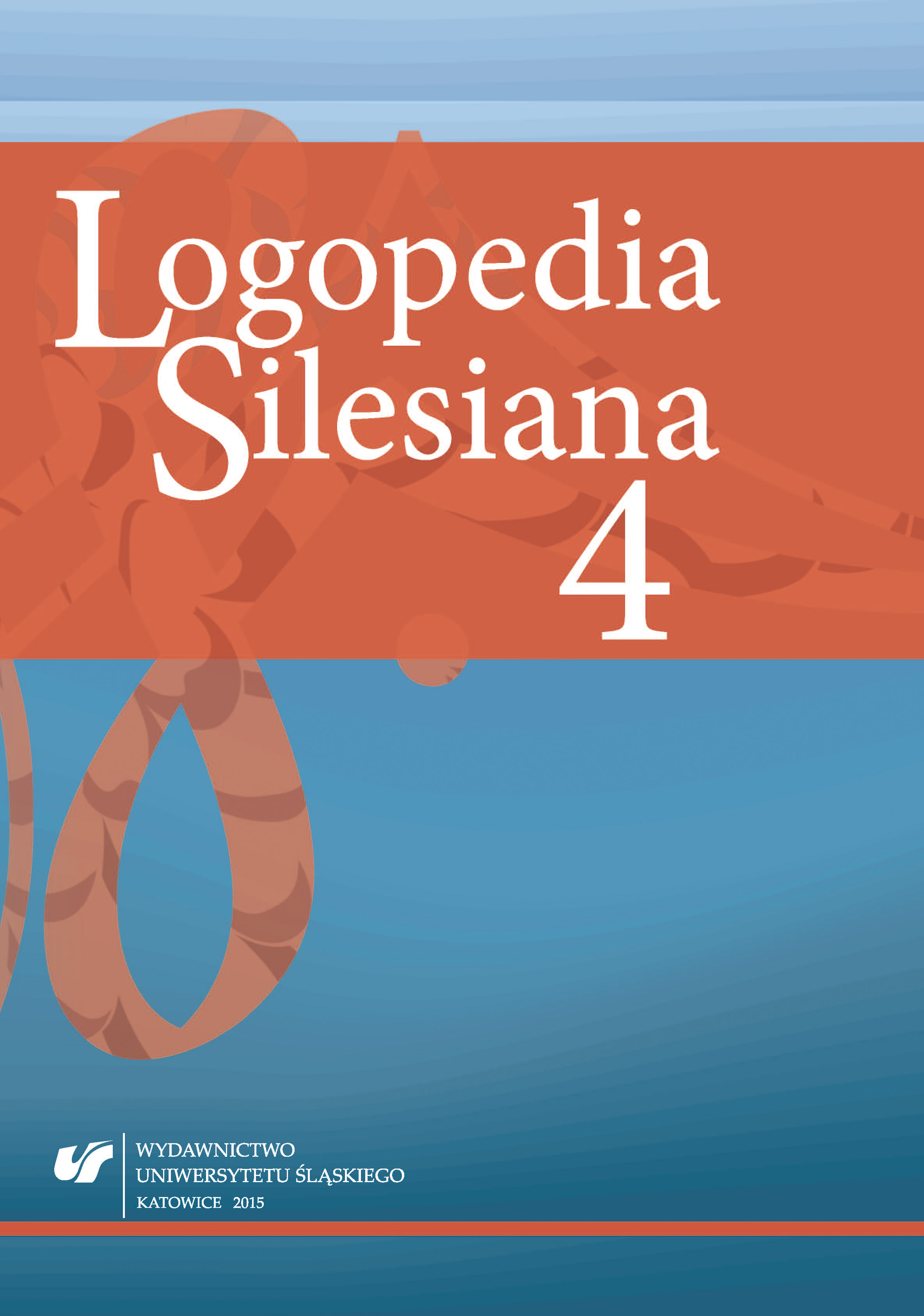Anatomia funkcjonalna ośrodkowego układu nerwowego, cz.1
Functional Anatomy of the Central Nervous System, part 1
Author(s): Anna Walawska-Hrycek, Ewa KrzystanekSubject(s): Language and Literature Studies, Theoretical Linguistics, Applied Linguistics
Published by: Wydawnictwo Uniwersytetu Śląskiego
Keywords: functional anatomy of central nervous system; spinal cord; brain stem; cerebrum; cranial nerves
Summary/Abstract: Central nervous system (CNS) seems to be the most sophisticated system of the human body. Its proper functioning requires enough blood supply. The development of CNS starts very early in the foetal life. The neural tube and the neural crest are formed from ectoderm in the third week of the foetal life. The brain, the spinal cord and the peripheral nerves develop from these structures. Physiologists describe three functional brain levels, that is – spinal, lower and higher cerebral. The spinal cord is considered to be the first and the oldest phylogenetic functional part of CNS. Its work is reflexive and automatic, thus enabling a quick reaction to a stimulus. The lower brain level consists mainly of subcortical centres – the hypothalamus and the thalamus. Both of them are responsible for homeostasis. The cerebral cortex is the highest brain level. It integrates all kinds of stimuli, movement planning and the development of learning. The cerebrum provides the proper motor coordination and the sense of balance. Vasomotor, respiratory centres and the nucleus of cerebral nerves are located in the brain stem. It also contains reticular formation, which modulates pain sensation and is responsible for the maintenance of the proper level of consciousness.
Journal: Logopedia Silesiana
- Issue Year: 2015
- Issue No: 4
- Page Range: 140-157
- Page Count: 18
- Language: Polish

